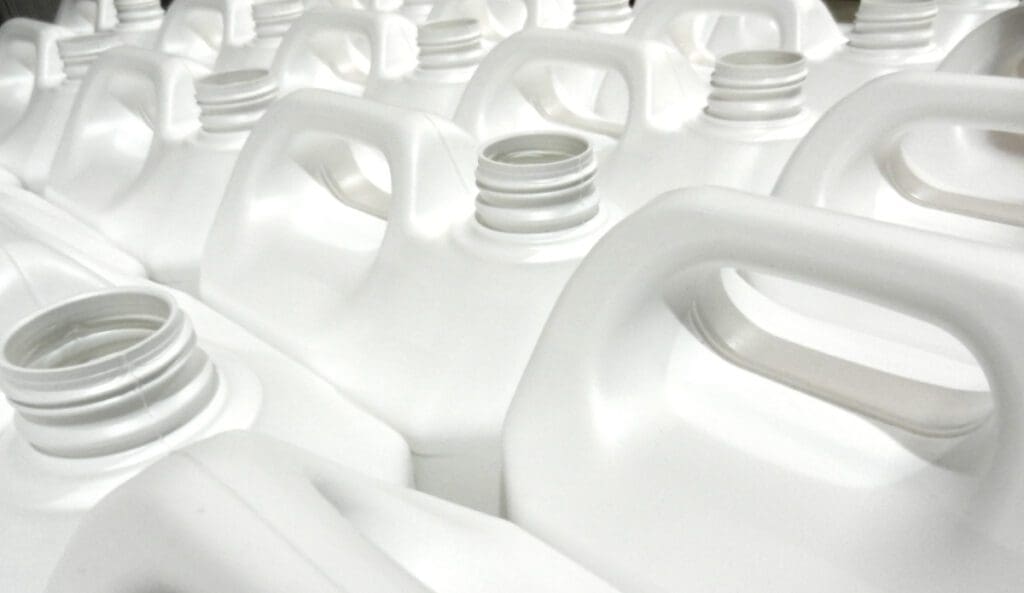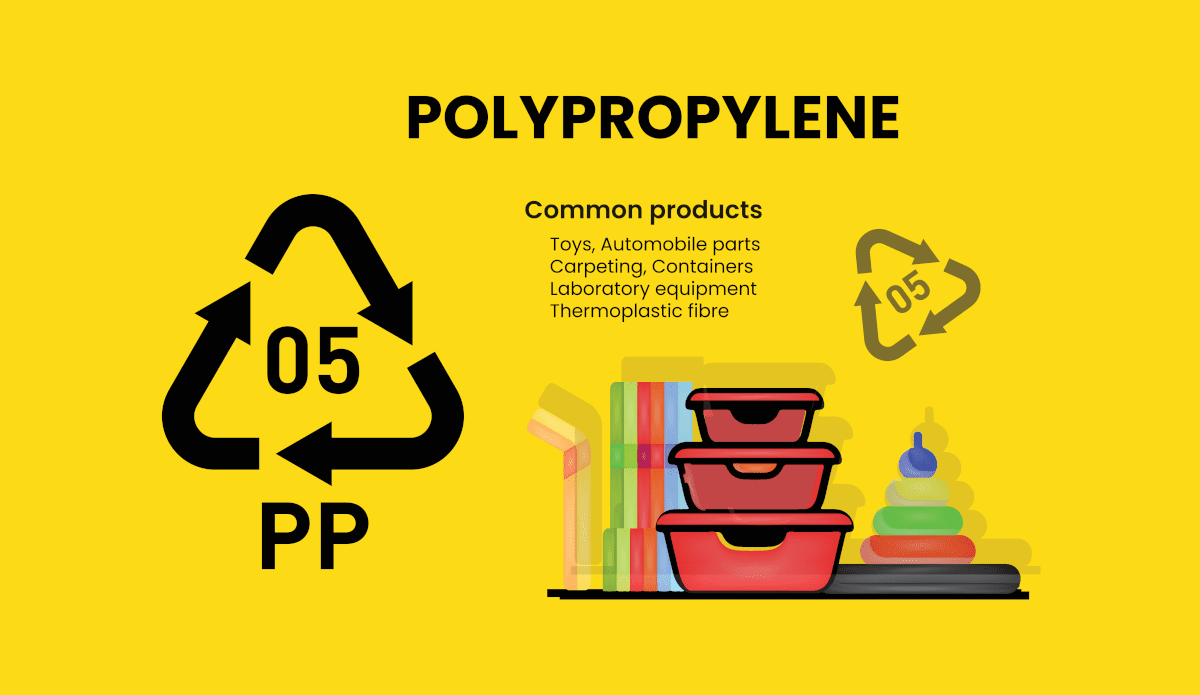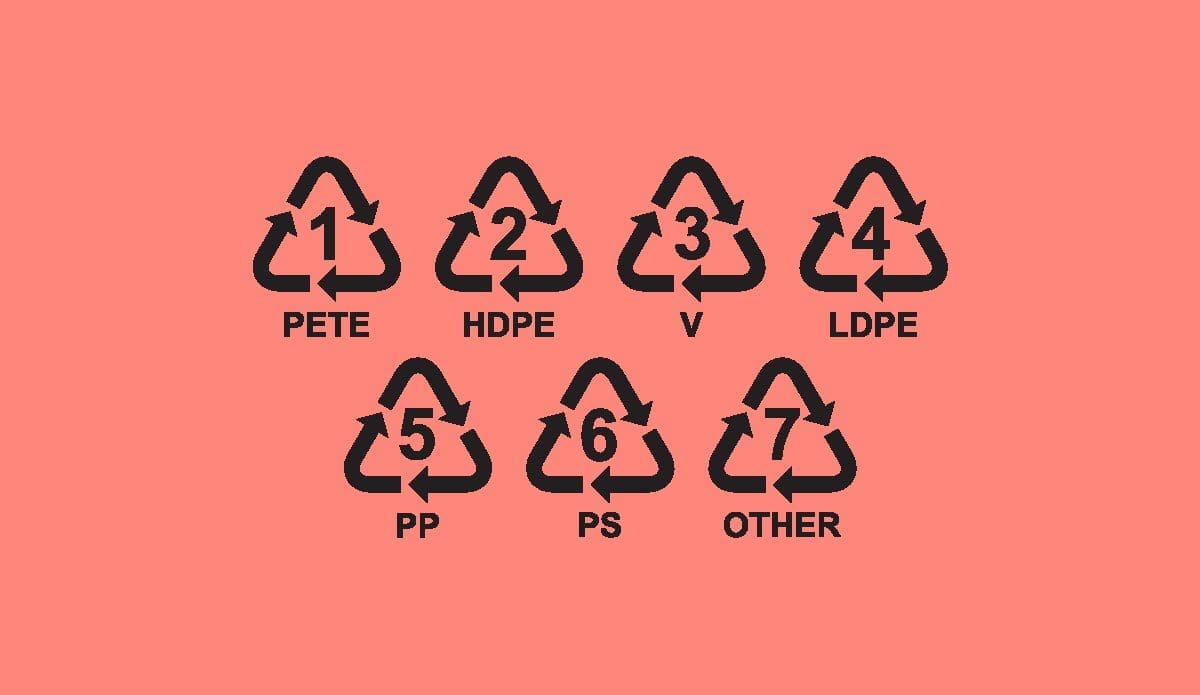With origins in world war two, jerry cans are supremely practical. Designed for fast and functional use, there’s a reason they are still in use 80 years on.
Jerry cans were created by the Germans during the second world war. The allies used a fuel container that was similar in design to a briefcase, but quickly started to use the German design rather than their army-issued fuel container because:
- The indentations made it less prone to leaking or damage in a fall
- The handles made is easy to carry, easy to pour, or for two people to carry
- The large spout made filling and draining ultra-fast
- A hole in the closure retainer allowed a securing pin to be fastened so the lid was less likely to loosen
- The rectangular shape made it stackable
‘Jerry’ was slang for Germans on the front line, and so these fuel containers quickly became called ‘jerry cans’. After the Allies realised the design was superior to theirs, they reverse engineered it and created their own.
The design is so robust and functional, it’s still used today. While you might use it for petrol to top up the lawnmower, jerry cans are used for many other purposes in many industries.
Ways to Use Jerry Cans
Essentially, jerry cans are for transporting liquids securely, loading, and dispensing or decanting easily. This could be a range of things including:
- Cleaning fluids
- Detergents
- Fuel such as diesel and gasoline
- Water
- Solvents
- Oils
- Drinks
There are differences in what jerry cans can be used for depending on the material the container is made from.
What Are Jerry Cans Made From?
In general, there are two options for jerry can manufacture.
Metal: Jerry cans were historically made from steel with a corrosion-proof seal on the inside. These are still available, and are suitable for use with fuel, but not water. Steel is heavy, and can dent (although the design makes them dent resistant).
HDPE plastic: High density polythene is a flexible and strong. It’s resistant to chemicals and solvents (no reactions to acids etc). It is also safe to store food products in. Plastic is much lighter than metal, and more resistant to knocks and dents. It’s highly recyclable under number 2 and can be recycled in NZ.
Jerry Can Options in NZ
Traditional jerry cans were 20L in size, ideal for moving fuel to the front line; enough fuel to move vehicles around, and while 17kg (ish) of petrol is heavy, it’s not unbearable for fit young people to carry.
But now, as uses for jerry cans have expanded, so has the range of sizes. Typically, 20L is the maximum size, but even mini 500ml cans are available now. There are several categories:
DG ‘Dangerous Goods’ Jerry Cans
These jerry cans are designed to store and transport hazardous chemicals. The HDPE plastic is non-reactive, and the lids fasten securely (and can be secure seal with the cone seal cap)
Jerry Can Flasks
These small flasks are ideal for highly concentrated liquids and can come with a tamper-evident seal. These are ideal for decanting larger liquids into, providing safety, security, and all in a food-safe plastic. Their handles are easy to hold, and a convenient size when on-the-move.
Tamper Evident Jerry Cans
These jerry cans come in a large range of sizes, but they all have a type of tamper-evident seal on the lid, or they are child resistant.
Need Large Plastic Jerry Cans?
If you need an option to securely carry liquids in quantities from 5l to 20l, then jerry cans might be your best option. They are versatile, strong, safe, and offer a whole host of benefits such as:
- Ease of stacking
- Difficult to dent or puncture
- Large spout for ease of filling and emptying
- Secure lids for safe transit
- If virgin HDPE, safe for water and other edible liquid transit
Contact us for a quote today. We may be able to obtain various colours of jerry cans with a minimum order quantity too, so you can personalise for your business. We can also supply dispensing pumps to allow measured amounts of liquids to be portioned out.




